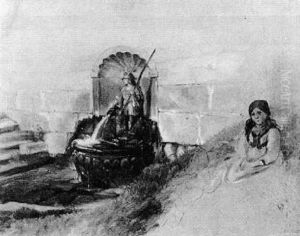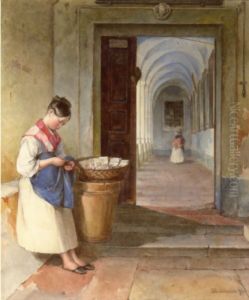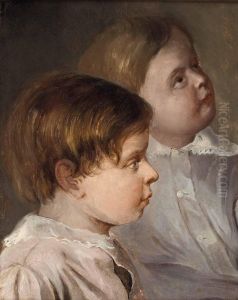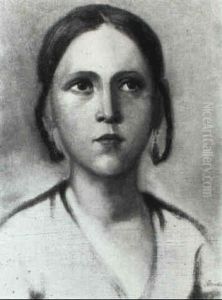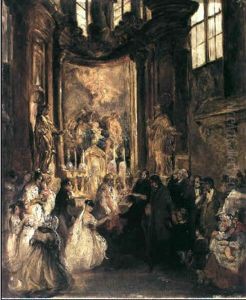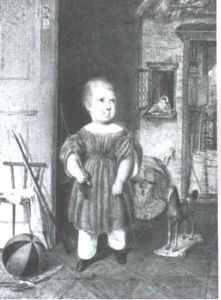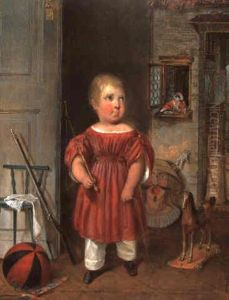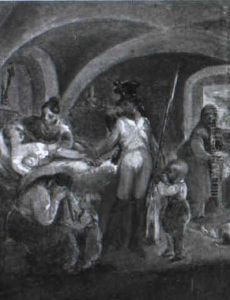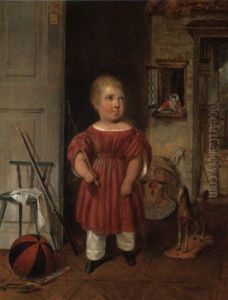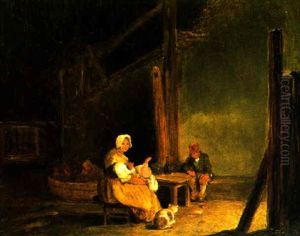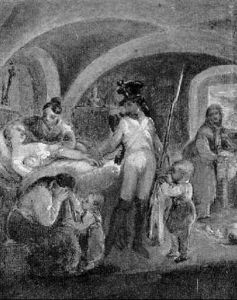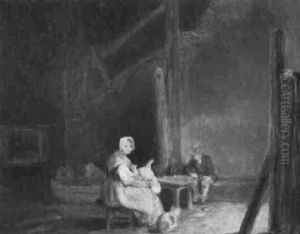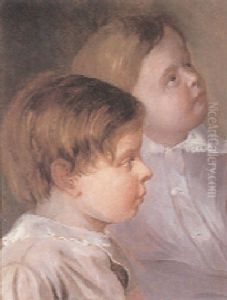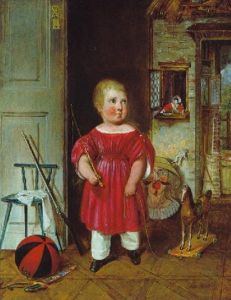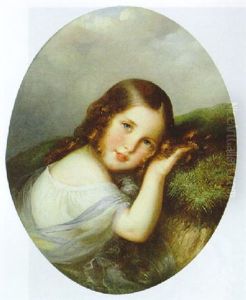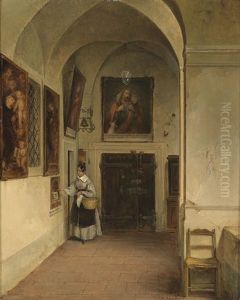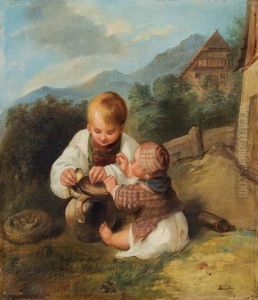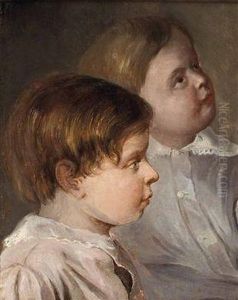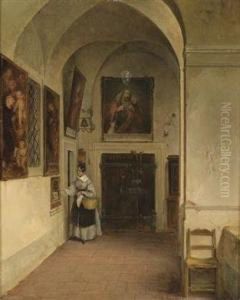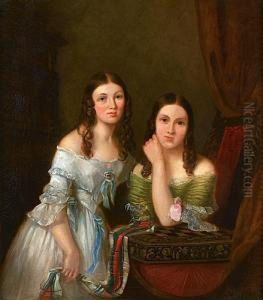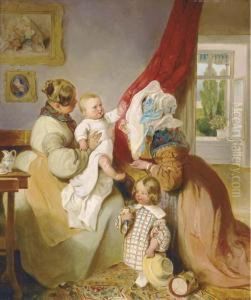Albert Schindler Paintings
Albert Schindler was an Austrian painter, primarily known for his genre scenes and landscapes. He was born on December 20, 1805, in Vienna, Austria, into a period marked by a rich artistic scene in the city. Schindler's art was influenced by the Biedermeier period, a term that refers to the style in Central Europe between 1815 and 1848, which is characterized by a sense of order and a retreat into the private sphere amidst the political upheavals of the time.
Initially, Schindler studied at the Academy of Fine Arts Vienna, where he was trained under the guidance of distinguished artists of the time. His education there equipped him with the classical techniques and knowledge that would become the foundation of his artistic career. Schindler was particularly adept at capturing the nuances of daily life and the natural world, which became the central themes of his work.
Throughout his career, Schindler exhibited his work in various venues, including the prestigious Vienna Academy exhibitions. He became quite successful and was appreciated for his ability to depict the serene and bucolic aspects of life. His work is characterized by a delicate and detailed approach to painting, which earned him admiration from his contemporaries.
Albert Schindler's paintings often depicted the Austrian countryside, its inhabitants, and their customs, reflecting a romanticized vision of rural life. He was also known to have painted still lifes and occasionally portraits. His genre scenes are particularly notable for their narrative quality and the skillful representation of light and atmosphere.
Schindler's contribution to Austrian art during the 19th century was significant, and his paintings continue to be celebrated for their charm and historical value. His works are held in collections throughout Austria and are often featured in exhibitions dedicated to Biedermeier art.
Albert Schindler's life was relatively short, as he died on January 26, 1861, in Vienna. Despite his early death, his artistic legacy has endured, and he remains a respected figure in the annals of Austrian art history.
